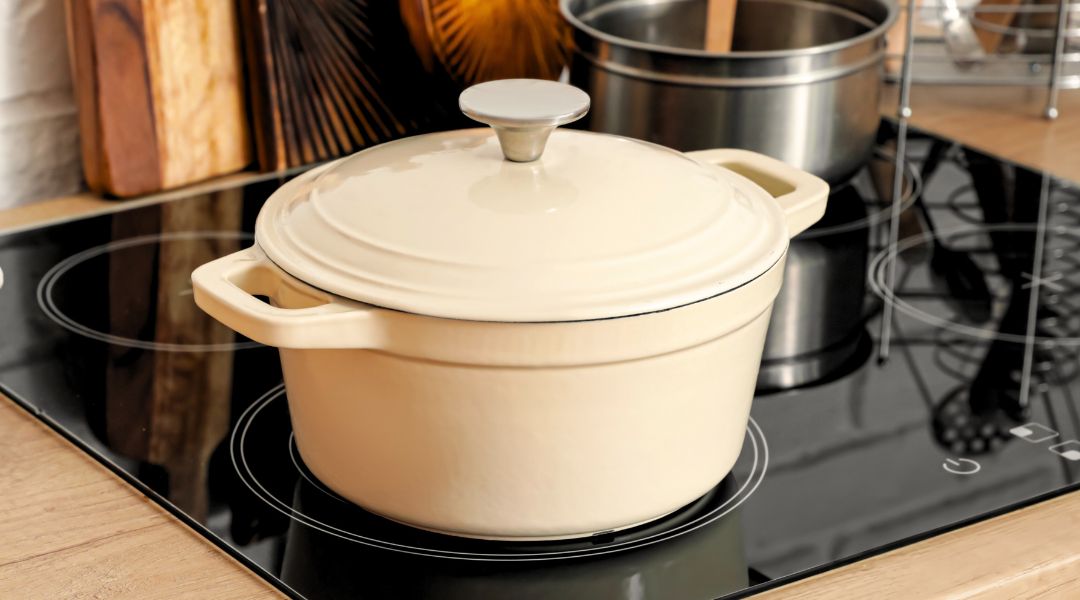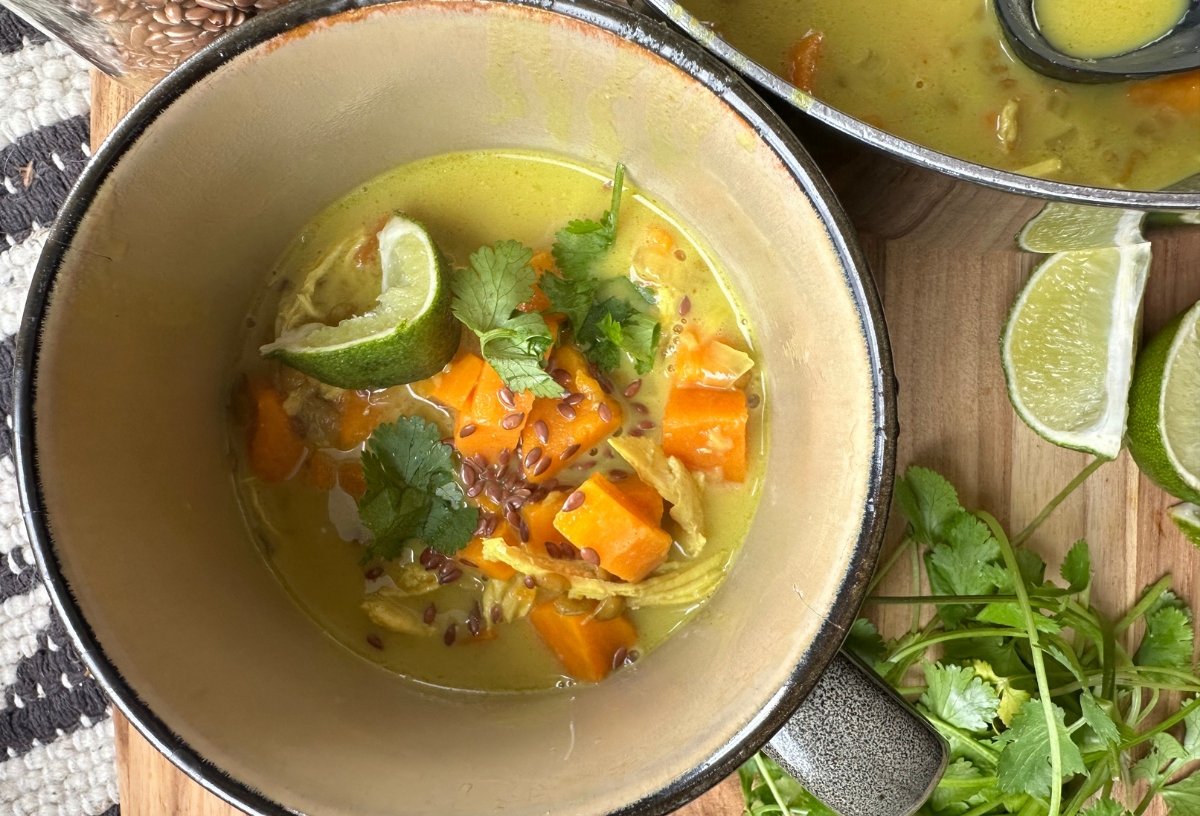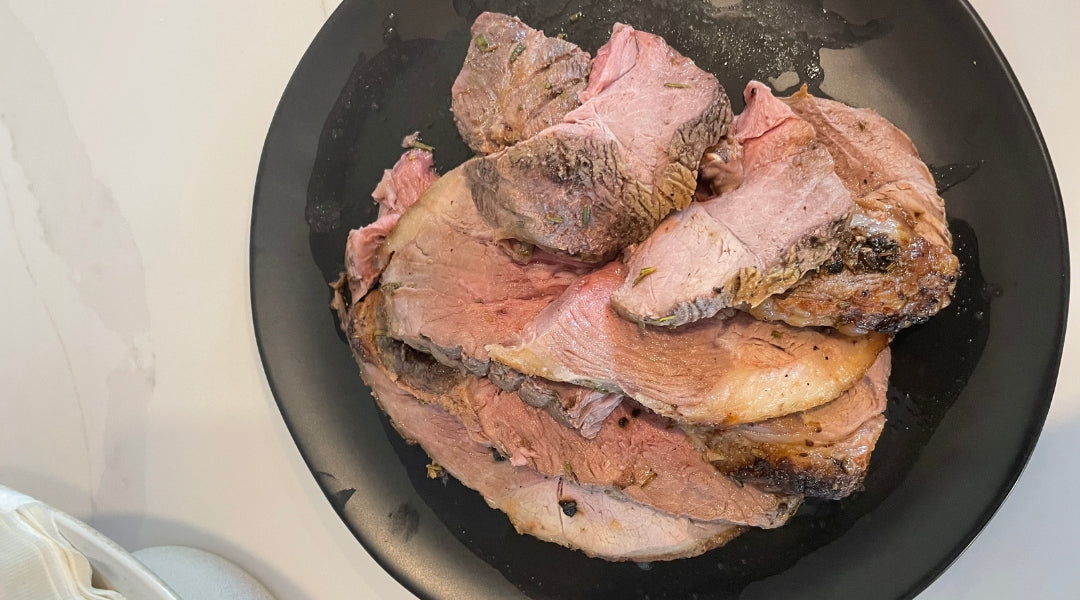The Succulence of Sausage. History, How Its Made, Cooking Tips

By Our Chef, Phillip Schaaf
Talking about sausage is one of those things that leads to hours of conversations between chefs and food lovers alike. Whether it is a fermented and dried pepperoni full of Calabrian chilis, a smoky, emulsified frankfurter, or a fresh breakfast link of maple country sausage—the cultural and regional heritage of specific sausages can be traced back through the spice mix used in the grind and the technique employed.
Cultures across the world have been creating and enjoying thousands of regionally specific varieties of sausage for generations. And, basically, they are all delicious.
Sausages As We Know It
Sausages were born of a necessity to use trim from large whole muscles in a way that is both efficient and flavorful. In its simplest form, a sausage is comprised of four ingredients: lean meat, back fat, liquid and salt. The lean and fat are ground together in a ratio of 70%-30%. The salt is added to the grind at a percentage of 2% of the combined weight of our ground mixture.
The end result of this technique is what we call a fresh bulk sausage. If the bulk sausage is then stuffed into a natural or synthetic casing we call it a rope or linked sausage.
Depending on the regionality of the sausage, the complexity of the spice mix can take on veritably endless combinations.
The Three Families Of Sausages
Emulsified Sausages are sausages that have a smooth texture. The grind mixture is placed in a food processor and instead of adding water, ice is added to keep the mixture cold while blending all of the ingredients into a paste. Hot dogs. frankfurters, and mortadella all fall into this category, as does boudin blanc. These sausages will be poached or smoked before grilling or searing. Most emulsified sausages will have a bit of nitrite in them as well.
Fermented and Cured Sausages, such as salami and pepperoni are sausages that are cased and hung to dry for several weeks. The process for this kind of sausages starts with fermentation. A culture promoting lactic bacteria is introduced to the meat mixture and it feed on the fermentable sugars in the mixture, creating an environment with a pH level unwelcoming to dangerous bacteria. This fermentation process gives the sausage its unique flavor profile in addition to the other seasoning already added to the grind. This technique of curing, fermenting and aging meat has been around for a very long time, yet it is still one of the most studied subjects in the food science lab as well as the professional kitchen.
Fresh Sausage is most often what we cook and eat at home, whether it be bulk country sausage for biscuits and gravy or breakfast patties, or linked bratwurst at the neighborhood cookout. We usually want to throw fresh linked sausages straight onto the grill. The biggest problem we encounter is that sometimes we get a charred and busted casing before the meat is even cooked through.
How to Cook Your Favorite Grass Roots Sausage
The best way to cook a fresh sausage is to first poach it in a pot of water seasoned with aromatics, maybe some peppercorns or garlic and onion.
-
Place all of the links and aromatics into the pot with cold water, ensuring they are all covered by a half inch of water on top.
-
Turn the heat to medium high and simmer the sausage links until they are just cooked through to 140 degrees.
-
Remove the links from the water and lay them out on a platter lined with paper towels to dry. As the links are drying, heat a skillet or a grill to medium high heat.
-
Oil the slats of the grill or the bottom of the skillet and add the sausages, turning until they are evenly browned on all sides. Since they have already been gently poached, the sausages should develop a deep flavor and a toothy snap to the casing. The ideal internal temperature is 145 degrees F.
The browning process won’t take long and you will be enjoying fresh sausages with friends in no time.
Recent Posts



 Tender and succulent, it's the perfect centerpiece for any holiday feast, elevating your meal with its exquisite taste and elegant presentation. Delight your guests with this sophisticated dish, sure to leave them craving more of its indulgent perfection.
Tender and succulent, it's the perfect centerpiece for any holiday feast, elevating your meal with its exquisite taste and elegant presentation. Delight your guests with this sophisticated dish, sure to leave them craving more of its indulgent perfection.



